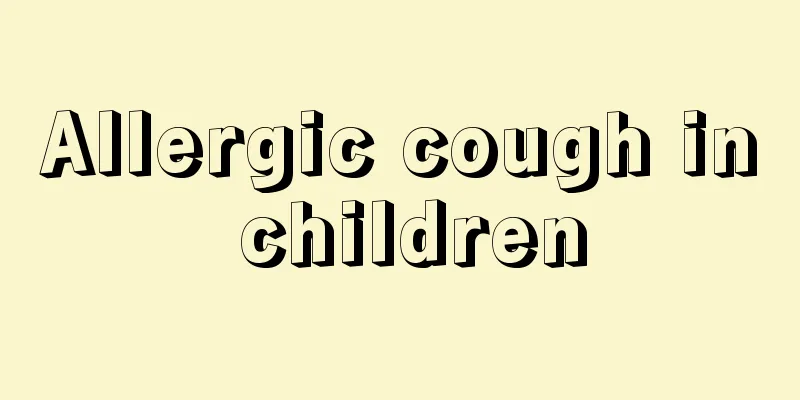3 month old baby's palms and feet are wet

|
When the baby is 3 months old, he can be held upright. At this time, the baby will consciously begin to show signs of raising his head, and the baby can sleep for a long time at night and will not cry frequently in the middle of the night. When taking care of a 3-month-old baby, mothers should pay attention to the baby's safety to avoid accidents when the baby turns over.
The main reason why 3-month-old babies' hands and feet sweat a lot is that their central nervous system is not yet fully developed, their body temperature regulation function is poor, and they are easily affected by the external environment. When the surrounding temperature is high, the baby will dissipate heat through evaporation of water from the skin and sweating. Excessive sweating, wearing too many clothes or thick blankets, high indoor temperature, etc., are all physiological hyperhidrosis. However, there is also pathological sweating of hands and feet, the most common of which are tuberculosis, rickets due to calcium deficiency, recurrent respiratory tract infections, etc. Sometimes it’s because the baby’s immune function is poor and he will sweat with just the slightest activity.
Skills that should be mastered (most babies can do it): Can recognize your face and smell; can hold head steady; eyes can follow moving objects. Developing abilities (half of the babies can do this): Can scream, make "cluck" and "coo" sounds; can blow bubbles; can recognize your voice; can do small push-ups. Advanced ability (only a few babies can do it): Can roll over from prone to supine; when hearing a loud noise, will turn head to look for it; can put hands together and pat toys with hands.
1. Breastfed babies do not need to add other foods if the milk supply is sufficient, but babies who are mixed-fed or bottle-fed should be fed once every 3-4 hours, 150ml each time, 6 times a day, and the total milk intake for the day should not exceed 1000ml. 2. For babies who are mixed-fed or bottle-fed, vegetable juice and freshly squeezed fruit juice should be added in appropriate amounts to replenish the vitamin C lost during milk processing. Generally, feed twice a day, between feedings. 3. Breast milk is still the best food for babies at three months old. It not only provides babies with rich nutrients that are easy to digest and absorb, but also helps babies resist the attacks of diseases. If you are unable to breastfeed due to work or health reasons, you can feed your baby formula milk that is close to breast milk in composition instead of feeding him with rice soup, rice paste, or infant cakes, which are difficult for babies to digest and absorb. |
>>: What should I do if my five-month-old baby falls off the bed?
Recommend
Can a one-year-old baby eat vinegar?
One-year-old babies can start eating some complem...
What is the reason for the baby's breathing 60?
Every baby is an angel in the family. From the mo...
What to do if your three-year-old baby has astigmatism
The baby's eyesight is very important. It is ...
What to do if your child vomits after eating
Nowadays, most families have only one baby, so th...
What to do if children have nephritis?
Childhood nephritis is an emergency condition. Th...
What are the characteristics of mentally retarded babies
I don’t know what’s wrong with the child. He does...
Will the rash recur?
The problem of roseola in children can be said to...
My baby has a fever for three days.
Nowadays, every child is the treasure of the fami...
Tips for removing freckles from children
It is very common to have spots on the face. Howe...
What causes knee pain in children?
As we all know, children are prone to symptoms su...
What are the treatments for bronchial asthma in children?
Bronchial asthma is a common airway disease. Acco...
What is the best way to treat eczema in children?
Eczema in children is a very bad symptom, because...
Reasons for loose stools in newborns
For breastfed babies, the stools are yellow or go...
Treatment for excessive tearing and mucus in babies
Babies' tears and eye mucus look very scary. ...
How to correct a boy's hunchback
Hunchback is mainly a phenomenon of abnormal bone...









